Each county may develop an emergency medical services program. Each county developing such a program shall designate a local EMS agency which shall be the county health department, an agency established and operated by the county, an entity with which the county contracts for the purposes of local emergency medical services administration, or a joint powers agency created for the administration of emergency medical services by agreement between counties or cities and counties pursuant to the provisions of Chapter 5 (commencing with Section 6500) of Division 7 of Title 1 of the Government Code."
California Health & Safety Code, Division 2.5, Section 1797.200
California's EMS Act authorizes each county to develop an EMS program and to designate a local EMS agency (LEMSA) that oversees the delivery of EMS within that geographic area. This level of governance allows for local control of emergency medical services that is desirable in a state as large and diverse as California. Essential functions that are performed by local EMS agencies include:
- Serving as an advocate for patients
- Planning, implementing, evaluating, and continually improving local EMS systems including prehospital services and relevant hospital services such as trauma and pediatrics
- Collaborating with other health officials to ensure a unified, coordinated approach in the delivery of health care
- Carrying out regulations relative to EMS systems (the State EMSA promulgates regulations but LEMSAs carry out those regulations)
- Certifying, accrediting, and authorizing EMS field personnel
- Authorizing and approving local EMS training programs
- Developing/approving medical treatment protocols and policies for local EMS service providers (EMTs, paramedics, dispatchers)
- Establishing and maintaining local EMS communication systems
- In collaboration with public health, developing local medical and health disaster plans and coordinating medical and health response to disasters (natural and man-made)
- Designating trauma centers and other specialty care centers
- Determining ambulance patient destinations based upon hospital resources
- Establishing policies for emergency department diversion and implementing mitigation strategies where diversion is excessive
- Coordinating activities and communications between various agencies that provide EMS system services so that care appears seamless to the patient (e.g., emergency medical dispatch, first responders, ground and air ambulance, receiving hospitals, trauma centers)
- Coordinating community education programs regarding injury prevention, CPR, public access defibrillation, etc.
- Collecting, analyzing, and reporting on EMS data and providing that data to EMSA electronically for statewide system evaluation
- Establishing exclusive operating areas for emergency ambulance service as appropriate, and then contracting for those services
- Providing oversight for EMS quality improvement and quality assurance activities
- Providing technical assistance to the California EMS Authority
- Mediating conflicts between various EMS stakeholders (e.g., ambulance, fire, hospitals, physicians)

